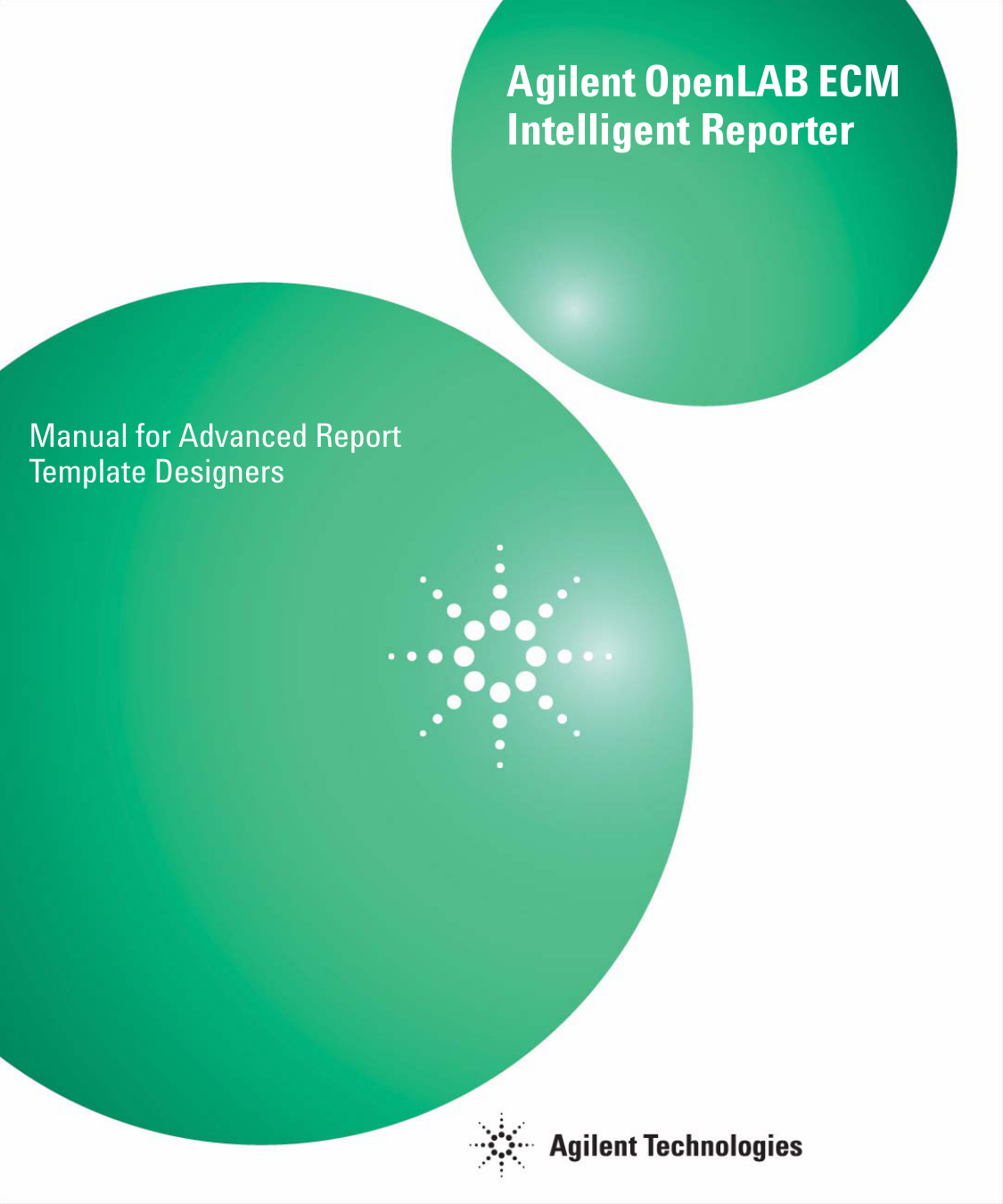

- #AGILENT CHEMSTATION REPORT TEMPLATE FULL VERSION#
- #AGILENT CHEMSTATION REPORT TEMPLATE UPDATE#
- #AGILENT CHEMSTATION REPORT TEMPLATE SOFTWARE#
- #AGILENT CHEMSTATION REPORT TEMPLATE PC#
Insert Values Apply ApAgilent RestrictedĨ WPS Sequence table The set up sequence starts with well plate 1 at location A1 to B4 and ends on plate 2 where samples from B5 to G10 are analyzed. When all the desired changes have been made, the Sequence Table Fill Down dialog box can be closed by pressing the Close button. The user can then select a different column and a new value for the next change. Once the selections for a particular column and value have been made, the user executes the change by pressing Apply. These include: * Method * Sample type * Updating response factors * Updating response times The sample name and individual data file names are handled with a prefix and autoincrement counter. The user may select any of the available sequence table columns and enter a value for the column. After selecting from the available vials, the range of values set in the ’From vial’ and ’To vial’ boxes can then be overridden by the user to fill a specific range of vials. The user can select from any of the listed vial ranges. The Available vial ranges are determined automatically from the currently loaded sequence. It function allows you to edit current sequence tables much more quickly. The Sequence Table Fill Down dialog box allows the user to select available vial ranges and column headings for the fill down function. ApAgilent Restrictedħ Fill in Sequence Table Using Sequence Table Fill Down - Standard ALS

#AGILENT CHEMSTATION REPORT TEMPLATE FULL VERSION#
Use the full version if these are calibration samples and Sample Name, Sample Amount, ISTD Amount, Multiplier, and Dilution will also be the same for every line in the group. Use the short version to insert a group of lines in the sequence table when Method Name, and Injection per Vial will be the same for each vial in the range. There are two versions of the Insert Vial Range: Short and Full. Sample table set up screen Th Text Previous Home Next ApAgilent Restricted ApAgilent RestrictedĪdditional Columns in Sequence Tables: Sample Amount ISTD Amount Multiplier Dilution Data file Inj Volume See ChemStation Help File ApAgilent Restrictedĥ WPS Sequence table The set up sequence starts with well plate 1 at location A1 to B4 and ends on plate 2 where samples from B5 to G10 are analyzed.
#AGILENT CHEMSTATION REPORT TEMPLATE PC#
Set this value if you want to make sure your instruments switch off automatically in case the PC controlling them is switched off or runs into a problem. This is by default set to blank, no limit.
#AGILENT CHEMSTATION REPORT TEMPLATE SOFTWARE#
Wait time : time needed for equilibration after loading another method nRdy Timeout The nRdy Timeout specifies the time in minutes the instruments wait for the software to be ready with processing (for example complex data analysis) before the instruments switch off. No sample injections are made and no new data is acquired. Reprocessing Only Repeats integration, calculation and reports for the existing data files. Acquisition Only Runs each sample vial in the sequence from sample injection, but only does data acquisition. Runs each sample vial in the sequence from sample injection, through data acquisition, integration, calculations and reports according to the Run Time Checklist of the method.

ApAgilent Restrictedģ Sequence Parameters Part of Methods to Run Run Time Checklist Finally, before beginning the sequence, remember to save it. The Sequence Output will indicate where generated reports should go and if a sequence summary report is desired. The Sequence Table is accessed to input the vials, methods, and replicates as well as, indicate which samples are calibration standards, samples, or controls. The Sequence Parameters will also tell the instrument to shutdown at the end of the sequence, if desired. The Sequence Parameters tell your ChemStation where to store the sequence generated data files.

This item will load a default sequence file, which is empty. From the Sequence menu, find the New Sequence menu item. To define a sequence, go to the Method and Run Control view.
#AGILENT CHEMSTATION REPORT TEMPLATE UPDATE#
A sequence allows you to automate the analysis of many samples and update calibration tables automatically. Run the Sequence form the RunControl menu or the Sequence Table. From the Sequence menu, select New Sequence. Sequencing concepts ChemStation - Level 1 - TrainingĢ Building a Sequence for Automated Analysisġ.


 0 kommentar(er)
0 kommentar(er)
